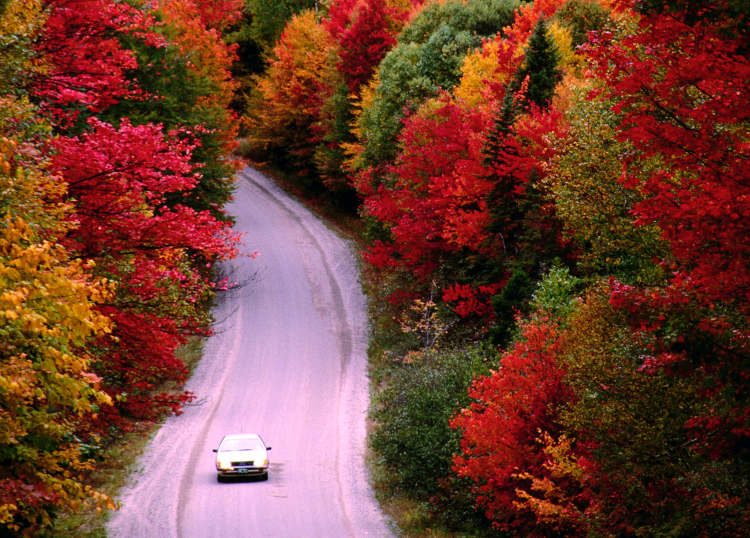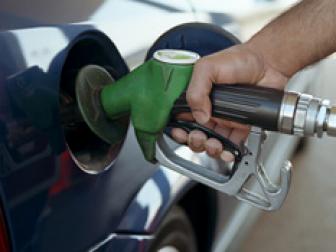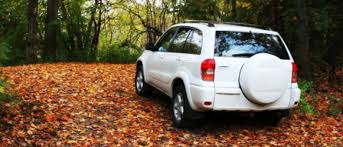
Well! It is clever that be sure to do your road trip research before hitting the open road. And here is our top road trip tips for you guys!
1. Car Safety – Prepping for Your Trip
Cellular Security: To stay in touch with work and home, as well as handle unexpected events on the road, a cell phone is essential. Before leaving on your trip, ask your service provider about roaming fees and countrywide coverage.
Overall Checkup: Whether you do it yourself or go to a garage, pre-trip auto maintenance is key to comfortable cruising. Check the wiper blades, all fluid levels (oil, water, etc.), belt and hose connections, tire pressure, turn signals, horn and  headlights. If your car is still not instilling confidence, consider an all-out professional inspection.
headlights. If your car is still not instilling confidence, consider an all-out professional inspection.
Trunk: Exactly how prepared you want to be as far as your in-car tool kit is up to you, but a few items go without saying (OK, we’ll say them anyway). The following should always be within easy reach when you open your trunk door: a tire iron, bottled water, fire extinguisher, first-aid kit and reflectors/flares.
Spare Care: Just because you have a spare tire doesn’t mean it’s in working order. Give it a good look before hitting the road to ensure it’s properly pumped and the treads are intact. If you’ve got the space, swap out doughnut tires for a full-size spare.
2. Calculating Gas Mileage
 Fuel costs are one of the easiest road-trip expenditures to calculate in advance. And knowing how much you’re likely to spend driving from Point A to Point B goes a long way when it comes to deciding whether to include detours along your route.
Fuel costs are one of the easiest road-trip expenditures to calculate in advance. And knowing how much you’re likely to spend driving from Point A to Point B goes a long way when it comes to deciding whether to include detours along your route.
If you know how many miles your car generally gets per gallon, it’s easy to measure estimated fuel costs. You can reference a site such as AAA’s Fuel Cost Calculator, inputting your car make and model and your trip’s start and end points to get an estimate of the overall gas costs. This is Sum A.
To figure it out yourself with a calculator, follow these easy steps:
STEP 1. Before you leave for your trip, zero out your car’s trip odometer (push the little knob under your odometer) to measure your gas consumption on a full tank around town. When your tank is near empty, divide the mileage driven by the number of gallons it took to fill the tank to get your average mileage per gallon.
STEP 2. Now determine the length of your trip using a Web site such as Google Maps. The number of miles is Sum B.
STEP 3. Next, find out current gas prices by visiting AAA’s Fuel Gauge Report, which gives national average prices: The dollar per gallon price is Sum C.
STEP 4. Here comes the algebra: Divide the total miles of your trip (Sum B) by the miles per gallon that your car uses (Sum A). Then multiply that total by the average price of gas per gallon (Sum C). The final number is your forecasted fuel expenditure.
3. Surviving a Road Trip With Kids
 For families traveling with young kids in tow, that redundant “Are we there yet?” mantra can spin you into insanity like a Cyndi Lauper CD stuck on a repeat. Here go a few hints to help divert attention elsewhere:
For families traveling with young kids in tow, that redundant “Are we there yet?” mantra can spin you into insanity like a Cyndi Lauper CD stuck on a repeat. Here go a few hints to help divert attention elsewhere:
Start a scavenger Hunt: Prevent back-seat brawls by giving young passengers a list of items to look for along the road. In cities, think flashing traffic lights or black-and-white pedestrian crosswalks. In the countryside, have them scout for a grain silo or a cow that’s lying down. The more elusive the items, the longer the fun (and the peace) will last.
Play the License Plate Game: This perennial road-trip favorite is sure to keep them focused (for a while, anyway); you can up the ante by awarding bonus points for sightings of license plates from Mexico, Hawaii and Canada.
Music to the Rescue: A family sing-a-long can neutralize nitpicking by putting the focus elsewhere (how about a long and laborious version of ’99 Bottles of Beer on the Wall’?). When things get chaotic, switching to classical music or talk shows with calm personalities (think NPR) can lead to an overall calming effect in the car.
Snacks: We’re not saying food should be used Pavlov-style to induce good behavior, but a juice box or stick of string cheese pulled out at precisely the right moment can work wonders when it comes to tantrum control. Ginger snaps are a great snack food that works double-time by helping combat carsickness.
4. Packing Prowess
When you’ve got an entire car, SUV or minivan for a suitcase, the impulse can be to bring along everything. Lighten your load (and increase your gas mileage) by keeping these tips in mind:
When it comes to clothes, less is more. You don’t need every pair of designer jeans in your wardrobe, nor scores of socks. One perk of having your own wheels is that a fresh set of clothes is as close as the nearest coin laundry.
Stick to 1 bag per person. The 1-suitcase rule is ace for preventing over packing. Avoid bulky hard-case suitcases if possible; opt instead for soft duffel bags and backpacks, which can be more easily squeezed into limited trunk space.
Keep the essentials within reach. A sturdy canvas bag kept within easy reach of the front seat and stocked with items such as road maps, games for the kids kept in plastic baggies, a first-aid kit, sunglasses, handiwipes and a pocket knife will make dealing with surprises on the road easier.
Note: Don’t forget blankets and travel pillows for sleepy passengers.
5. Classic Road Trip Eats
A well-stocked cooler is to the road trip what in-flight entertainment is to a trans-Atlantic haul – it’s nearly impossible to imagine the journey without it. Herewith, some of our favorite on-the-move munchies:
Trail Mix: Make your own by combining dried fruit with pretzels, nuts, chocolate chips and granola for an energy-packed snack.
Bottled water and Juice boxes: Individual frozen bottles of water and juice boxes work double duty, quenching thirst while keeping cooler contents on ice at the same time.
Spreads: Peanut butter and Nutella are good stick-to-the-knife spreads that are easy to employ when you’re in motion (jelly, on the other hand, is bound to make a mess). Favorite foods for getting your spread on? Try sliced apples, celery sticks, crackers and cookies.
Hard cheeses: Opt for a block of cheddar or gouda over gooey brie and camembert. Hard cheeses keep longer once the cooler starts to warm up, and leave less mess.
Hard-boiled eggs: Protein-packed and easy to eat, they’re the ideal road-trip snack.
Cut veggies: Baby carrots, celery sticks, radishes, sliced green pepper and cherry tomatoes (neatly packed in Tupperware) are easy to pass around the car to share.




